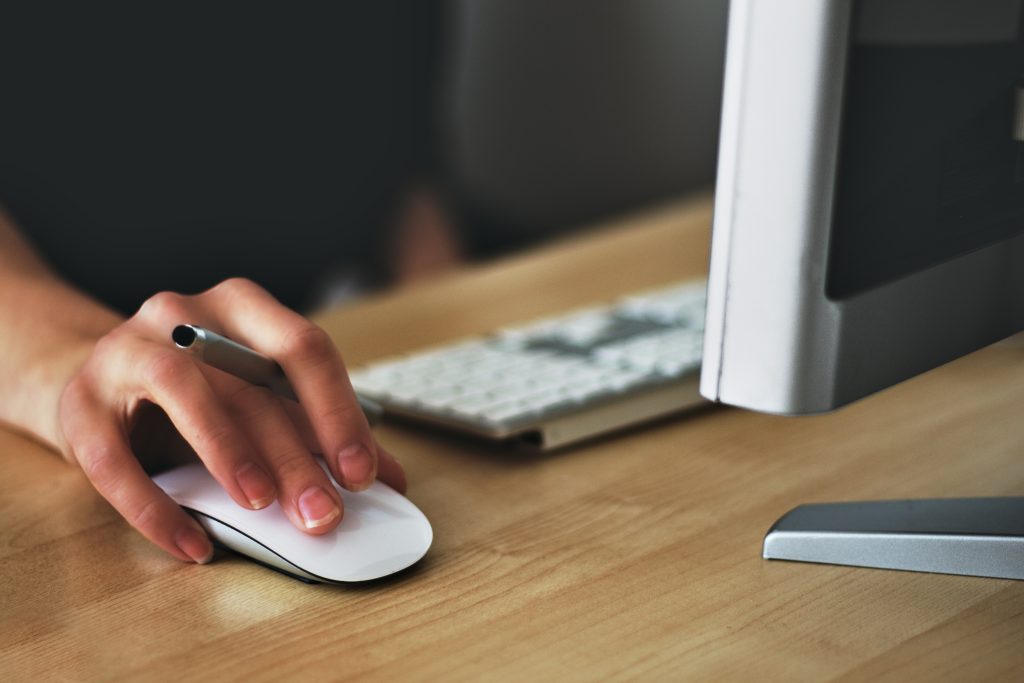First, be sure to check that the specification allows the use of a custom template as the buyer will often set their own guidance such as font style/size that must be used throughout. A good idea is also to check the quality response document to see if there is any guidance, or if specific formatting has already been applied. For example, some buyers request that you include all responses within a table they have created within their document meaning the scope to include design is reduced. However, still think about using colours to highlight headers, use images/infographics where appropriate, and generally try to convey your organisation’s professionalism within the set parameters. Additionally, make sure supporting documents such as policies, organograms, and charts are formatted using the company template throughout.
Where there is the option to include your own template (e.g. where responses must be uploaded in separate documents), take advantage of this, as a well-thought-out template can convey additional information outside of the question without using your word/page limit.
What is a template and why use one for your bid?
A template is the way your submission is formatted and designed. Rather than simply submitting a body of text that answers the question, a tender writing template adds additional scope to stand out, improve readability, and overall present a uniform submission that visually represents your organisation.
Typically, a template will have a standout cover page along with a header and footer on each page, consisting of the company logo, accreditations and response/document title. Policies, procedures and other supporting documents should also use the same scheme and may even have a watermark design.
Using a tender writing template also shows the evaluator that you are able to go the extra mile in terms of effort, subconsciously providing assurances of your organisation’s competence.
How to design a tender writing template
The creation of a tender writing template is really as simple or as complicated as you want to make it, typically taking anywhere from a few minutes up to a couple of hours. However, once created, templates can be used repeatedly in different submissions, refreshed as needed, and even incorporated into your day-to-day business practices to improve the look and quality of your documentation. It is therefore well worth taking the time in the short term to create stylistically appealing templates, saving you time in the future.
Simple designs can be created using Word and consist of a logo header and company address footer, or if you want to get more creative, free graphic design sites such as Canva can be used to create original infographics and designs.
The template design should reflect your company’s branding/image in order to strike a chord with the evaluator, with things to consider including:
- The colour palette used – use colours from your logo and utilise these aspects on your cover page, and in the colours you use for headings, subtitles and infographics.
- Set specific fonts, styles and colours for titles, headings and subheadings and save these into the template document so that they can be consistently replicated.
- Include your logo in the header, and if appropriate the logo of the buyer to represent a partnership, whilst making the template appear bespoke to their tender.
- Think about what to include in the footer – if you maintain accreditations such as any ISOs, CHAS, Constructionline, or industry specific memberships such as GasSafe or NICEIC then include these logos in the footer to add an element of legitimacy and quality to your submission.
Whilst creating the template be careful not to overload it; the best templates are often simple and clean so as not to detract from the content of the bid.
Consult a bid writing professional
If you are unsure how to design a template, we are happy to help. We regularly design bid templates for our clients and can help your company produce a standout submission.
We use your company logo and branding to produce a unique template that can be used again and again. Once it is designed it is yours to keep and continue to use.
For more information call us free on 0800 612 5563 or email info@executivecompass.co.uk.
